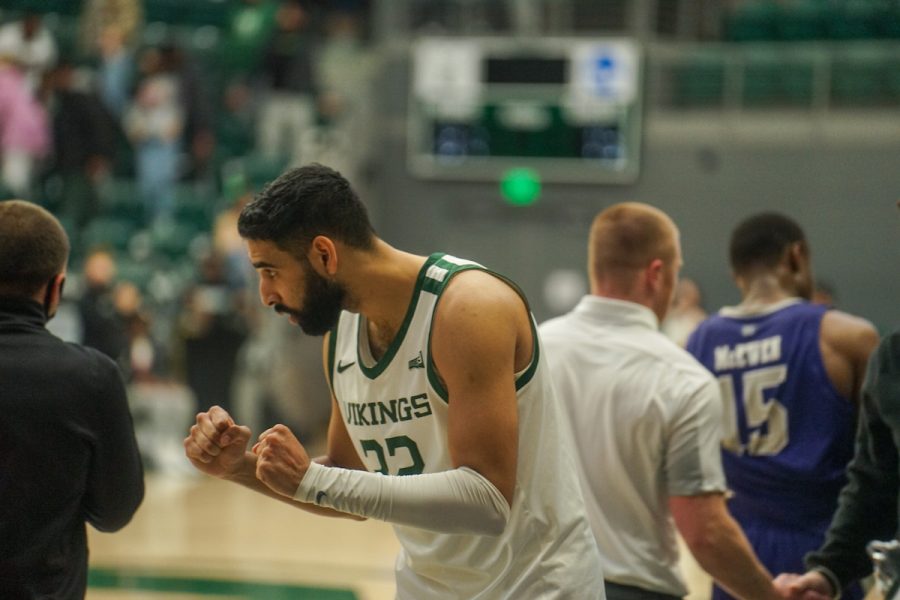Widespread protests at the beginning of 2022 have rocked Kazakhstan. In 2019, former Soviet party leader Nursultan Nazarbayev, who became the country’s first president, stepped down from the presidency and handed leadership over to Kassym-Jomart Tokayev. However, since 1991—when Kazakhstan gained its independence amidst the Soviet Union’s collapse—Nazarbayev had been president.
His authoritarian power resulted from decades of supposedly near-unanimous elections, and any opposition to his regime was either repressed, sidelined or co-opted. Nazarbayev implemented reforms that privatized many elements of the economy and sold the rights to much of the country’s abundant oil reserves to transnational companies. Unemployment skyrocketed while quality of life plummeted.
Since Nazarbayev resigned, he has remained the head of the country’s security council as well as political party. Tokayev directly continued Nazarbayev’s policies with little change, though around the beginning of his tenure, the price of fuel began to rise. When Tokayev entered office, the price per liter of gas was priced at 30 tenge (approximately seven cents). On Dec. 31, 2021, the price rose to a staggering 120 tenge (approximately 26 cents).
In all this change, some argue the western part of the country has been ignored.
“The West of the country is a region of solid unemployment,” wrote Co-chairman of the Socialist Movement of Kazakhstan, Aynur Kurmanov. “In the course of neoliberal reforms and privatization, most of the business there shut down. The only sector that still works here are the oil producers, and for the most part those are owned by foreign companies who get all the profits. It is an area of total poverty.”
On Jan. 2, 2022, hundreds of residents of Zhanaozen, a city in the Mangystau region of western Kazakhstan, blocked traffic in protest against the gas price hike. Previously, in 2011, police killed at least 14 citizens in the city while they were conducting a workers’ strike—and many more injured. In the present day, numbers of those protesting in the streets grew, and with them demands.
“It all started with the increase in gas prices but the real cause of the protest is poor living conditions of people, high prices, joblessness, corruption,” said Zauresh Shekenova, a protester present on the first day of activity to The Guardian. “Nazarbayev and his family have monopolized all sectors, from banking to roads to gas.”
This sentiment was echoed by Darkhan Sharipov, the leader of activist group Wake Up, Kazakhstan.
“People are sick of corruption and nepotism and the authorities don’t listen to people,” Sharipov said. “We want President Tokayev to carry out real political reform or to go away and hold fair elections.”
On Jan. 3, protests had spread throughout the country. Thousands of people gathered throughout the day in Almaty, the country’s largest city. Crowds chanted, “Shaldar, Ketinder!” meaning “Old people, go away!”—a reference to Nazarbayev’s grasp on political power. The Kazakhstan state responded with strict curfews and disabling all wifi within two kilometers of the protestors gathering.
On Jan. 4, numbers grew in the streets throughout the country. In an effort to appease the protestors, Tokayev signed a declaration capping fuel prices to 50 tenge (approximately 11 cents) for six months in Mangystau, the province where it all began.
However, by the time of his announcement, demands of the demonstrators had grown beyond the issue of gas to criticism of the government as a whole. Later that night, clashes broke out between police and protestors. Police threw tear gas and stun grenades into crowds, wounding several and escalating the chaos, according to The Guardian. In response, activists occupied government buildings, damaged a variety of property and set several police vehicles on fire. That night, Tokayev declared a national state of emergency.
On Jan. 5, Tokayev made a formal address in which he blamed the activity in Almaty on foreign agitators sent in to disrupt the state, and called the people in the street terrorists. His statement appeared to further outrage, as more clashes with police left several on both sides wounded.
Seeing the writing on the wall, Nazarbayev announced that he would be stepping down from his role on the Security council and as chairman of the Nur Otan political party, replaced by Tokayev. Not long after the announcement, police in Almaty opened fire on the crowds of demonstrators. Despite the violent oppression, protestors managed to keep hold of key buildings.
On Jan. 6, Tokayev requested military aid from the Collective Security Treaty Organization (CSTO) to put down the uprising. The Russian-led group is also composed of the former Soviet entities of Armenia, Belarus, Kazakhstan, Kyrgyzstan and Tajikistan. Russia agreed to aid Kazakhstan provided they recognize the annexation of Crimea, re-establish Russian as the country’s second official language, provision military bases to Russia and allow full autonomy for Russian minorities. Tokayev agreed to all terms, and later that day, thousands of Russian paratroopers touched down in Kazakhstan.
On Jan. 7, the military pushed back against any dissidents. Tokayev gave a shoot-to-kill order for all military and police officers. Frequent gunfire was heard for days. On Jan. 11, Tokayev declared that order had been fully restored to Kazakhstan and that the protests were over. He thanked Russian President Vladimir Putin directly for his help in ending the protests.
In the end, more than 160 people were killed with the estimated number suspected to be far higher. 5,000 protestors were rounded up and arrested, being held with questionable prospects of release. Over 400 buildings were damaged, and an estimated €150 million in repairs needed ($167 million USD).
Many leaders within Nur Otan, the nation’s Security Council and presidential administration were removed from power, though they were replaced by those close to the current president. It is still unclear what all the lasting ramifications of the major protest will be. However, there is worry that the consolidation of Tokayev’s power will be heavily influenced by the country’s absorption back under Russian control.




